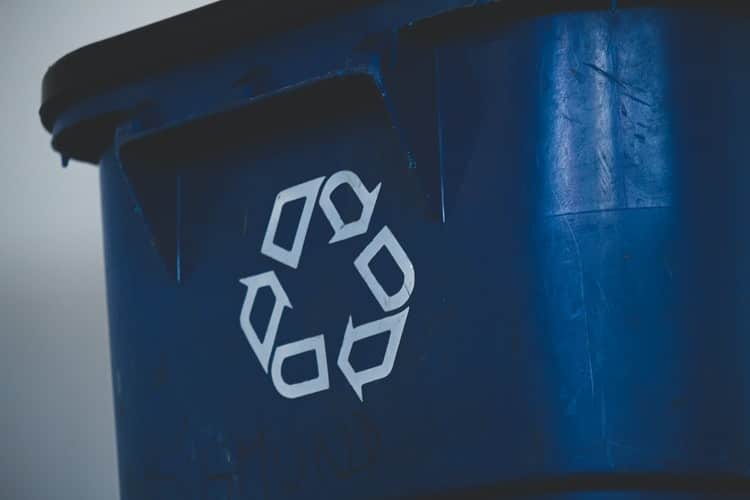3 Recycling Myths Busted
We all want to be greener, and Australians are slowly coming around to the idea of reducing unnecessary waste. This is welcome news as Australians are one of the highest consumers and generators of waste per capita in the world.
However, there are many differing views on recycling and points of view when it comes to living a greener lifestyle. Here are three recycling myths exposed so that you can work towards a waste-free life!
Takeaway Coffee Cups Cannot Be Recycled.
Australians drink approximately 3 kgs of coffee a year per capita and are ranked 42nd in the world for coffee consumption, so just imagine all those coffee cups and plastic lids heading to the landfill!
There are conflicting stories when it comes to recycling coffee cups, but one stands true. Most plastic takeaway coffee lids are recyclable and can go in the commingled bin. When it comes to the paper cup though, there is still some confusion about what to do. The problem seems to be the plastic coating on the cups which is there to make them waterproof. According to Planet Ark, depending on the recycling rules for your area, a coffee cup can either go in the recycling bin, or it can contaminate a whole bin full of recycling goods. It’s better to ask your office manager, or your local coffee shop, what materials their coffee cups consist of and if they can go in the co-mingled recycling bin.
The best way to avoid doing the wrong thing and to reduce what either ends up in landfill or paper pulp is to get a Keep Cup. More and more Australian cafes offer a discount if you bring your cup, so invest in one to minimise your daily waste. With approximately 50,000 takeaway coffee cups being disposed of every 30 minutes it’s time to move to a less throwaway solution.

What Plastics Can Go In The C-Mingled Recycle Bin
A rule of thumb is ‘if you can scrunch it, it can’t go in’. Many Australians choose to reuse their grocery plastic bags for recycled items or rubbish, but these can contaminate the recycle bin and can cause a problem if not picked up at the recycling centre. Glad wrap and thin plastic bags get caught up in the sorting machines if not spotted which causes downtime and damage. They are also non-recyclable and cause immense damage to our drains and waterways. The best option is to try and reduce using plastic grocery bags wherever possible, and to check with your local council to find out what can go in your recycling bin.
How Environmentally Friendly Are Recycled Products?
Marketing is a powerful tool, and all may not be as it seems when a product says it is recycled. For example, toilet paper may be made of recycled pulp, but where did the recycled material come from? Some recycled material is shipped and sent all over the world to recycling plants, racking up land, sea and air miles. The carbon footprint creating a recycled product can sometimes outweigh the carbon footprint of a virgin material product. Take some time to do some research on frequently used items to understand just how green it is.
There you have it. 3 Common recycling myths truly busted! Look at your daily habits and see what you can do to reduce the waste heading to landfill today.


